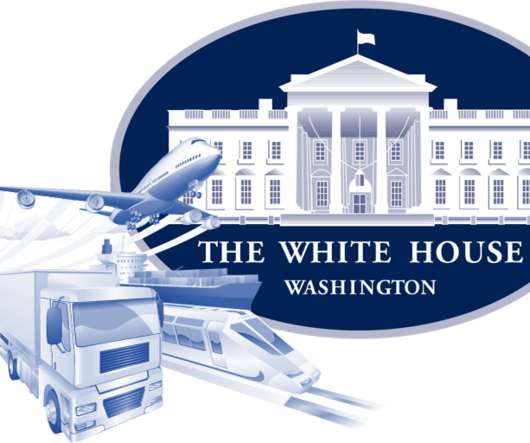Boeing’s Production Quality Crisis Significantly Escalates
Supply Chain Matters
MARCH 22, 2024
We do so in the lens of supply chain management and manufacturing. While such an application might have been effective, and Procter and Gamble might have been pleased, it is not in conformance with the approved manufacturing process instruction specification for the aircraft. That was up from a reported 10 percent in 2013.
















Let's personalize your content